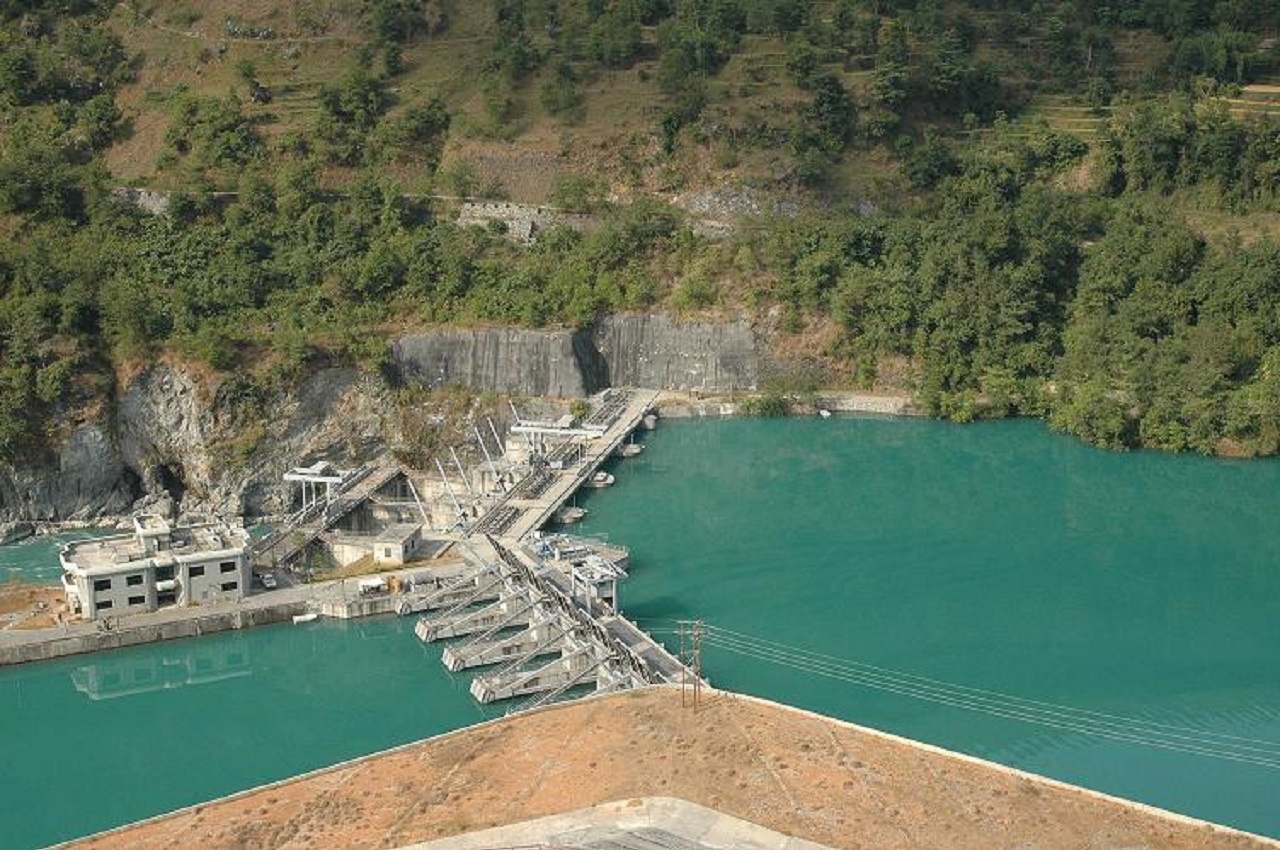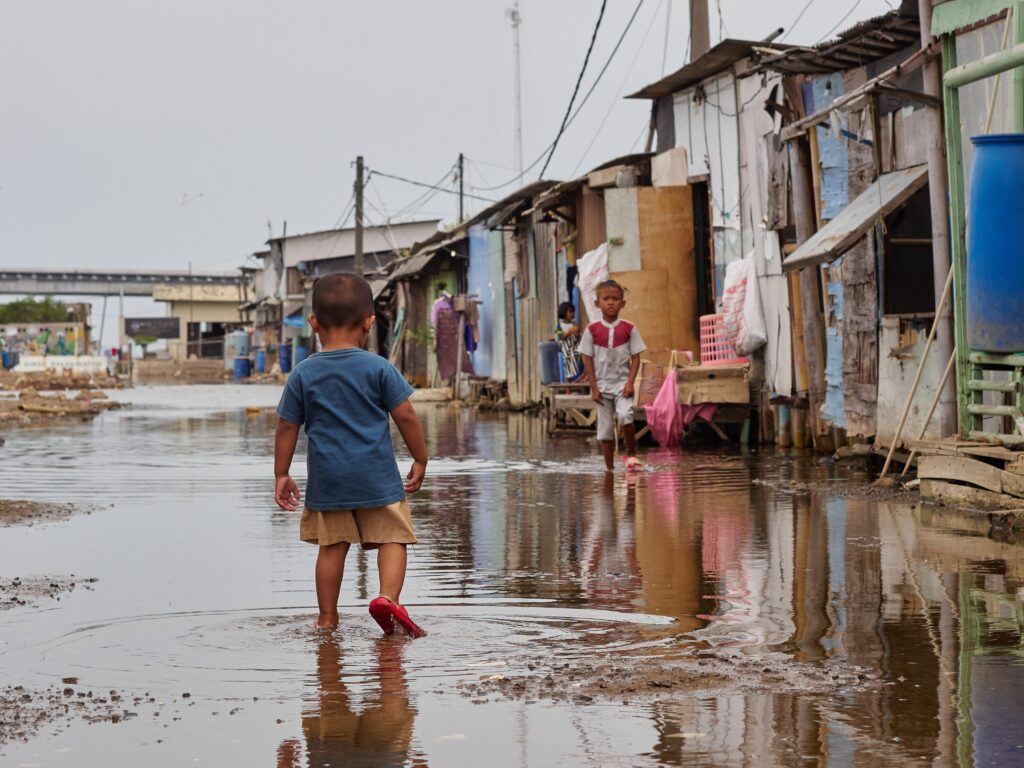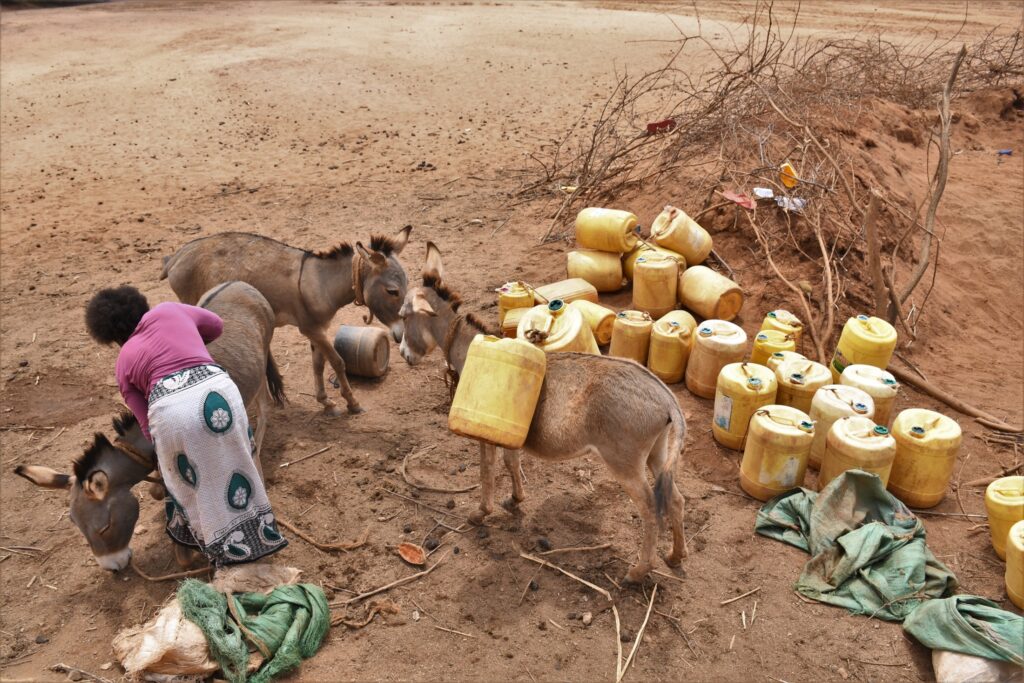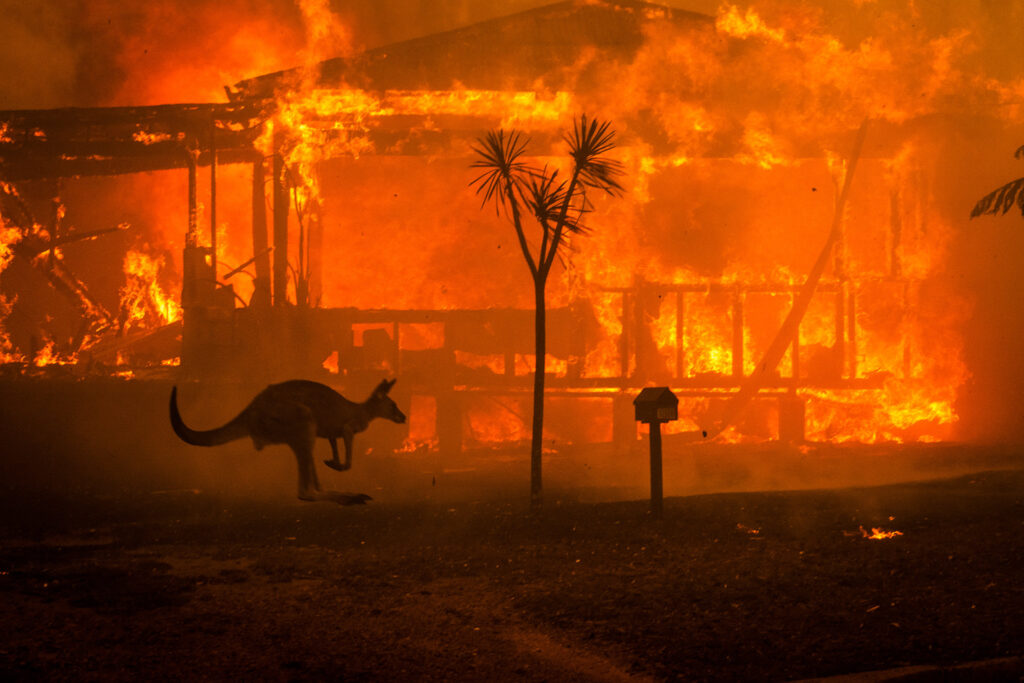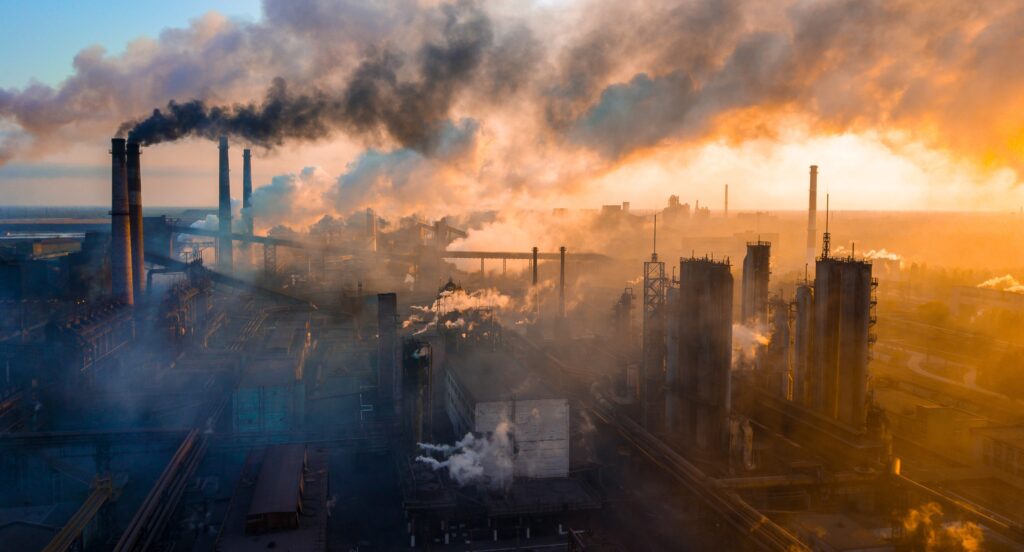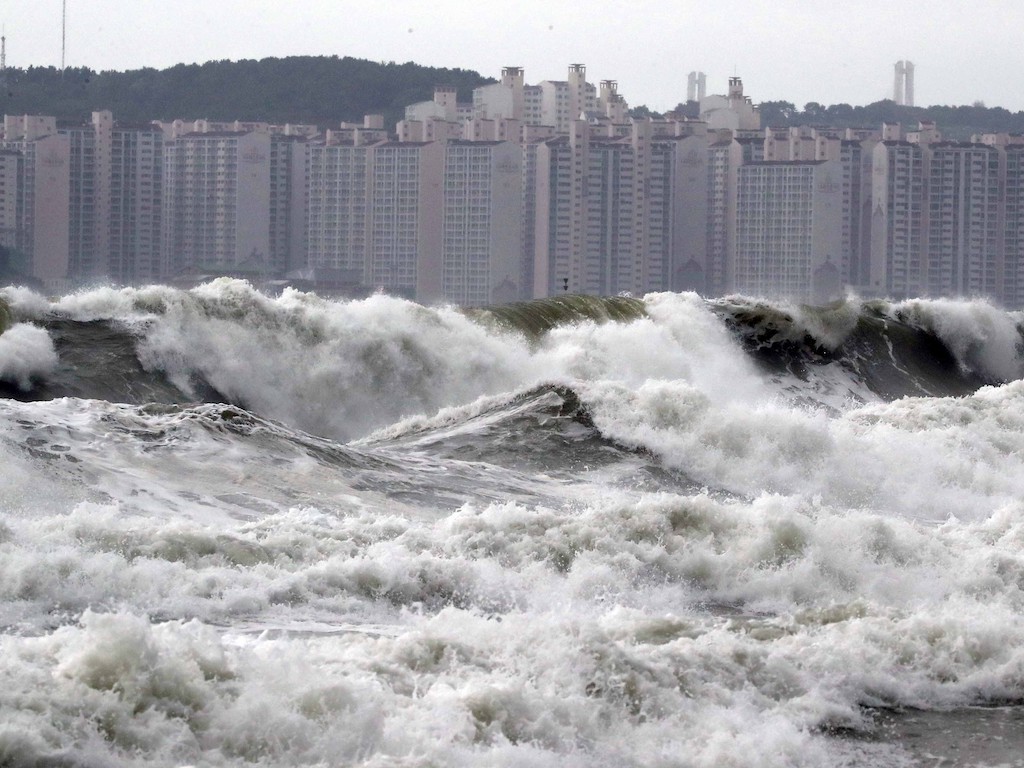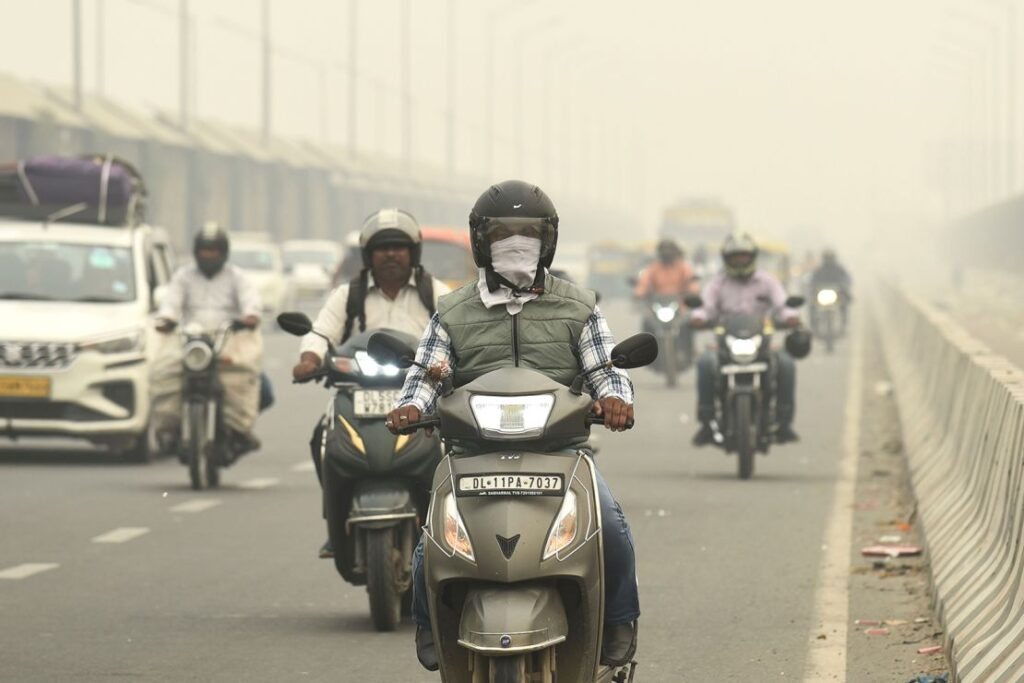Renewable Energy in Nepal 2024
The pursuit of renewable energy in Nepal is an important issue in the broader discourse of climate change and sustainability. Nestled among the Himalayas, Nepal faces significant impacts from climate change yet contributes minimally to global greenhouse gas emissions. Notably, Nepal’s emissions per capita are some of the lowest in the Asia-Pacific region.
The country’s challenges range from worsening monsoon patterns to food security and biodiversity threats. The risks significantly impact the country and directly threaten its mountain villages and already struggling infrastructure. This disparity between emissions and impacts is a common theme among developing nations and highlights the urgent need for global action and responsibility in addressing climate change.
In response to these challenges, Nepal has committed to ambitious climate action through its 2020 Nationally Determined Contributions (NDC). It sets an example for nations worldwide by demonstrating leadership in adopting renewable energy technologies and practices despite its limited contributions to global emissions.
Understanding Nepal’s Renewable Energy Landscape
Nepal’s renewable energy potential is vast and diverse, primarily due to its geographical landscape. The country boasts significant hydro, solar power and wind energy resources, with hydroelectric power leading as the most promising renewable source.
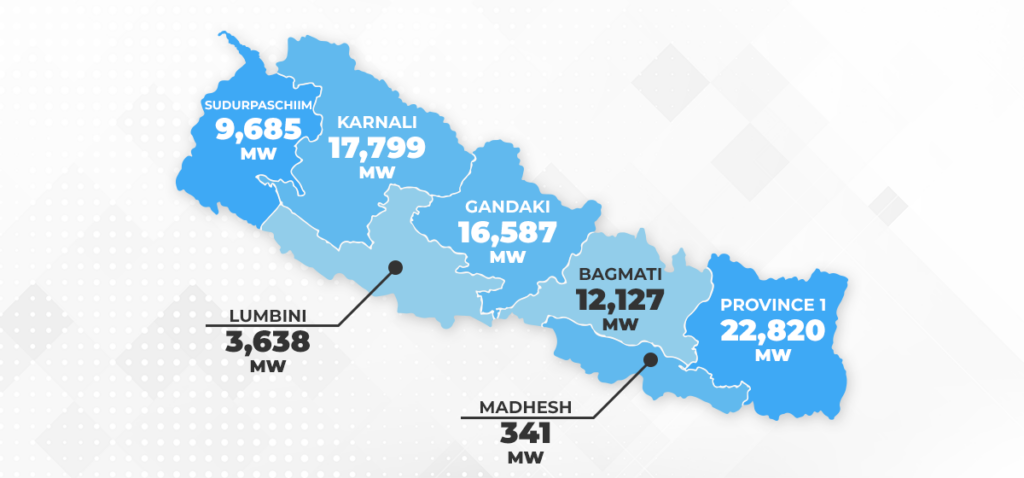
Nepal has the potential to generate over 50 GW of hydroelectric power, around 47 GW of solar energy and 1.7 GW of wind power. The hydropower and solar power potential far exceed the country’s energy demands.
What Is the Present Status of Green Energy in Nepal?
While just a fraction of this potential capacity is developed, the current energy mix in Nepal is a mixed bag. Nepal sources 100% of its electricity from renewable sources, with 98.6% coming from hydropower and 1.4% from solar.
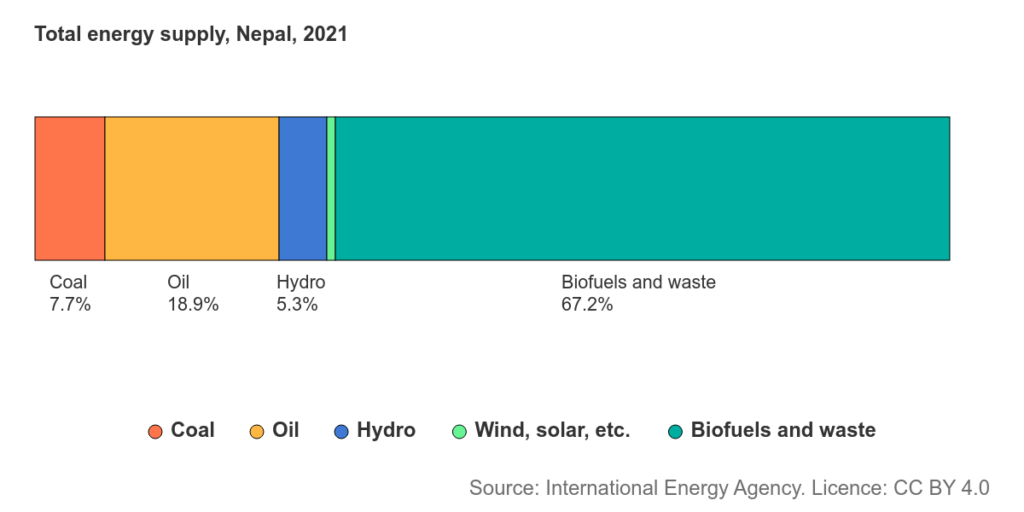
However, its final energy consumption paints a different picture, with just over 6% coming from renewables. This stark difference is due to the vast majority of energy consumption coming from non-electrified processes like transportation, cooking and heating. These categories heavily rely on fossil fuels and must be shifted towards electrification before they can be powered with clean and sustainable energy.
The Benefits of Renewable Energy Technology for Nepal
Nepal stands to benefit significantly by scaling up its renewable energy infrastructure. Not only will this help the country reduce its emissions and align with its NDC but has several added benefits that the current fossil fuel system lacks.
First, renewables allow for a decentralised energy system with wind, solar and hydropower options. Due to the country’s mountainous terrain, it has struggled to connect rural villages to the main power grid. These distributed options provide a solution to power hard-to-reach locations and electrify the remaining 10% of the population that lacks reliable grid access.
Second, renewable energy provides a pathway for affordable domestically produced energy. Currently, Nepal imports over 25% of its energy, primarily in the form of fossil fuels. This makes the country reliant on neighbouring countries and reduces its autonomy. Furthermore, it is subject to supply disruptions and price volatility, constituting a significant risk for the country’s economy.
Finally, developing its renewable capacity with new renewable energy projects will allow the country to become a net energy exporter. This will stimulate the national economy and create local jobs for the 20% of the population that lives below the poverty line.
The Challenges of Renewable Energy Development
Despite the favourable potential, Nepal’s journey towards renewable energy is not without challenges. Lack of infrastructure is one of the primary hurdles that the country faces. Its existing grid is largely outdated and lacks the capacity to transfer the necessary energy internally, let alone for export. Furthermore, its rugged topography makes it challenging to connect many of the ideal hydro, wind and solar locations to the existing grid. This means significant investment is needed in grid infrastructure before wide-scale renewable energy development is viable.
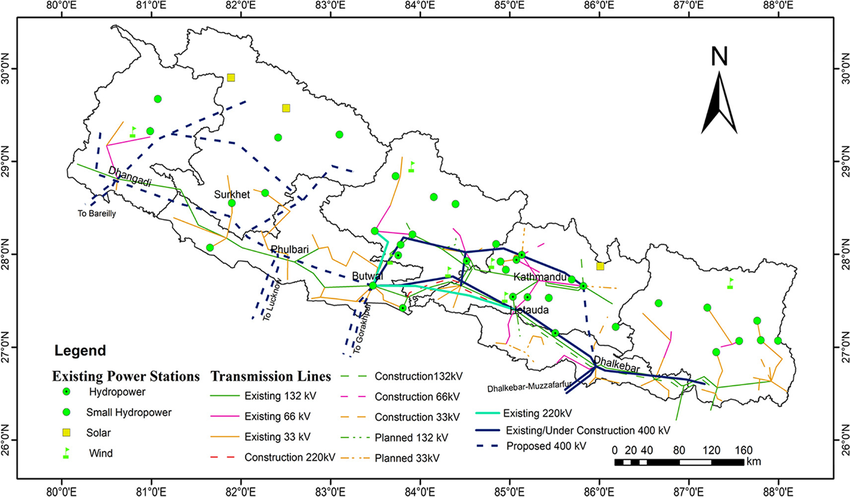
This leads to the second challenge: financing. The country’s renewable energy financing gap is still not fully understood, but Nepal has identified a USD 4.4 billion gap in funding for reaching its 2030 Sustainable Development Goals. These goals include renewable energy. Additionally, the country’s 2050 climate adaptation strategy highlights the need to source USD 45.9 billion from external sources. This will require significant investment from both the public and private sectors, including foreign investors and independent power producers to achieve energy self-sufficiency.
Overcoming Renewable Energy Development Challenges
The primary solutions for overcoming these challenges are updated policy frameworks and legislative reform to promote private sector investment as well as partnerships with other countries for capital and knowledge transfer. This will help boost Public-Private Partnerships, which are critical for driving renewable energy capacity. Potential solutions working elsewhere throughout Asia include feed-in-tariffs in Vietnam and international partnerships like Indonesia’s JETP.
By creating these favourable conditions, the value proposition for investors increases, driving renewable energy growth and benefitting local communities. Overall, the private sector and international partnerships are critical to supporting renewable energy growth in Nepal and should be a major consideration for the government when crafting policies. Increasing Nepal’s renewable energy capacity is a critical component of the country’s climate adaptation and mitigation strategy.
Eric Koons
Writer, United States
Eric is a passionate environmental advocate that believes renewable energy is a key piece in meeting the world’s growing energy demands. He received an environmental science degree from the University of California and has worked to promote environmentally and socially sustainable practices since. Eric has worked with leading environmental organisations, such as World Resources Institute and Hitachi ABB Power Grids.
Eric is a passionate environmental advocate that believes renewable energy is a key piece in meeting the world’s growing energy demands. He received an environmental science degree from the University of California and has worked to promote environmentally and socially sustainable practices since. Eric has worked with leading environmental organisations, such as World Resources Institute and Hitachi ABB Power Grids.

